
Marek Delong & Anna Slama, Eetu Sihvonen
Blues of the Broken Gate
Project Info
- 💙 Holešovická šachta
- 💚 Tina Poliačková & Lumír Nykl
- 🖤 Marek Delong & Anna Slama, Eetu Sihvonen
- 💜 Tina Poliačková & Lumír Nykl
- 💛 Jakub Hájek
Share on

Eetu Sihvonen, Struggle Builds Character, 2023, burnt pine wood, linseed oil, soy based resin, oil pastel
Advertisement
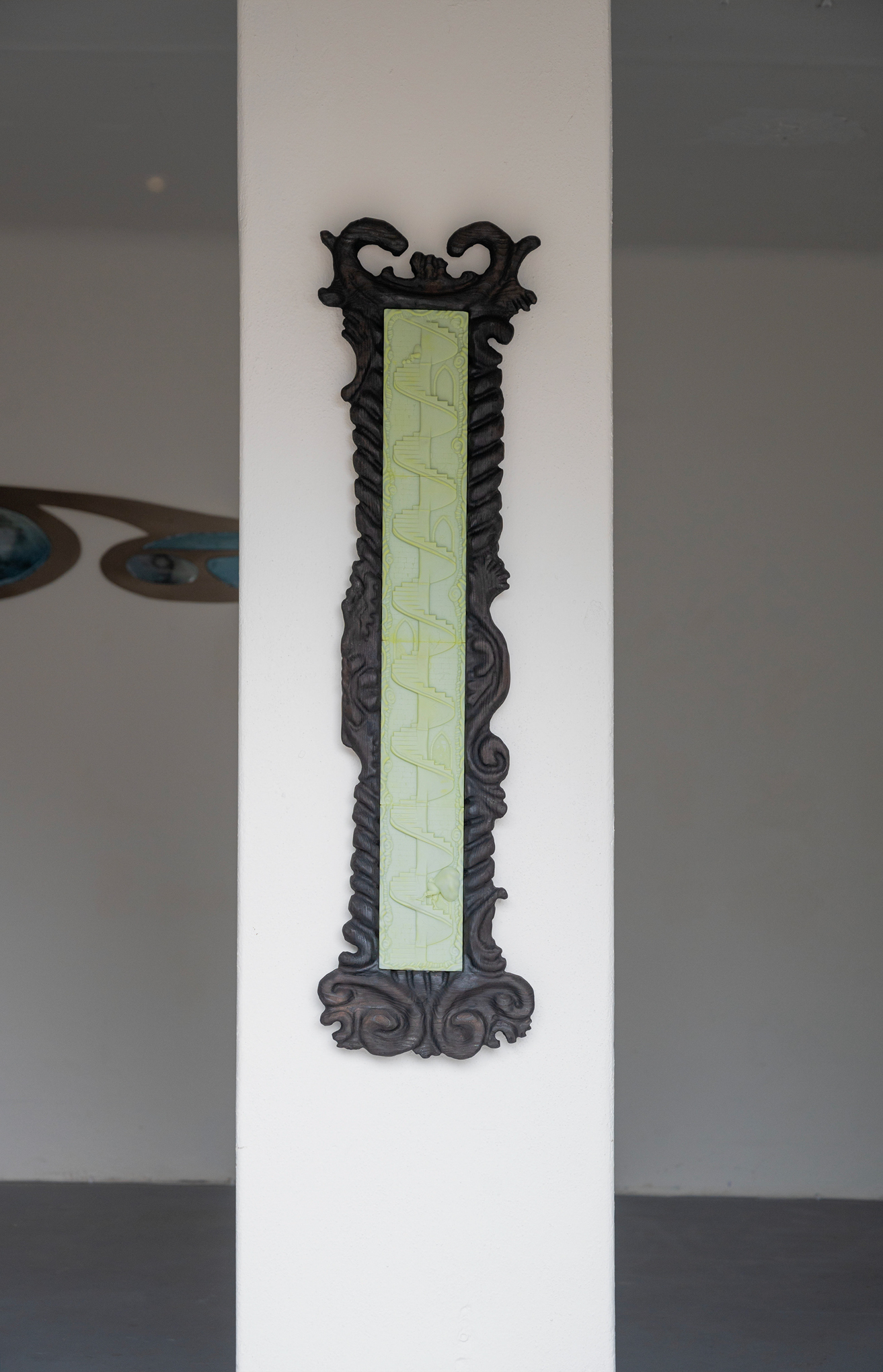
Eetu Sihvonen, Struggle Builds Character, 2023, burnt pine wood, linseed oil, soy based resin, oil pastel
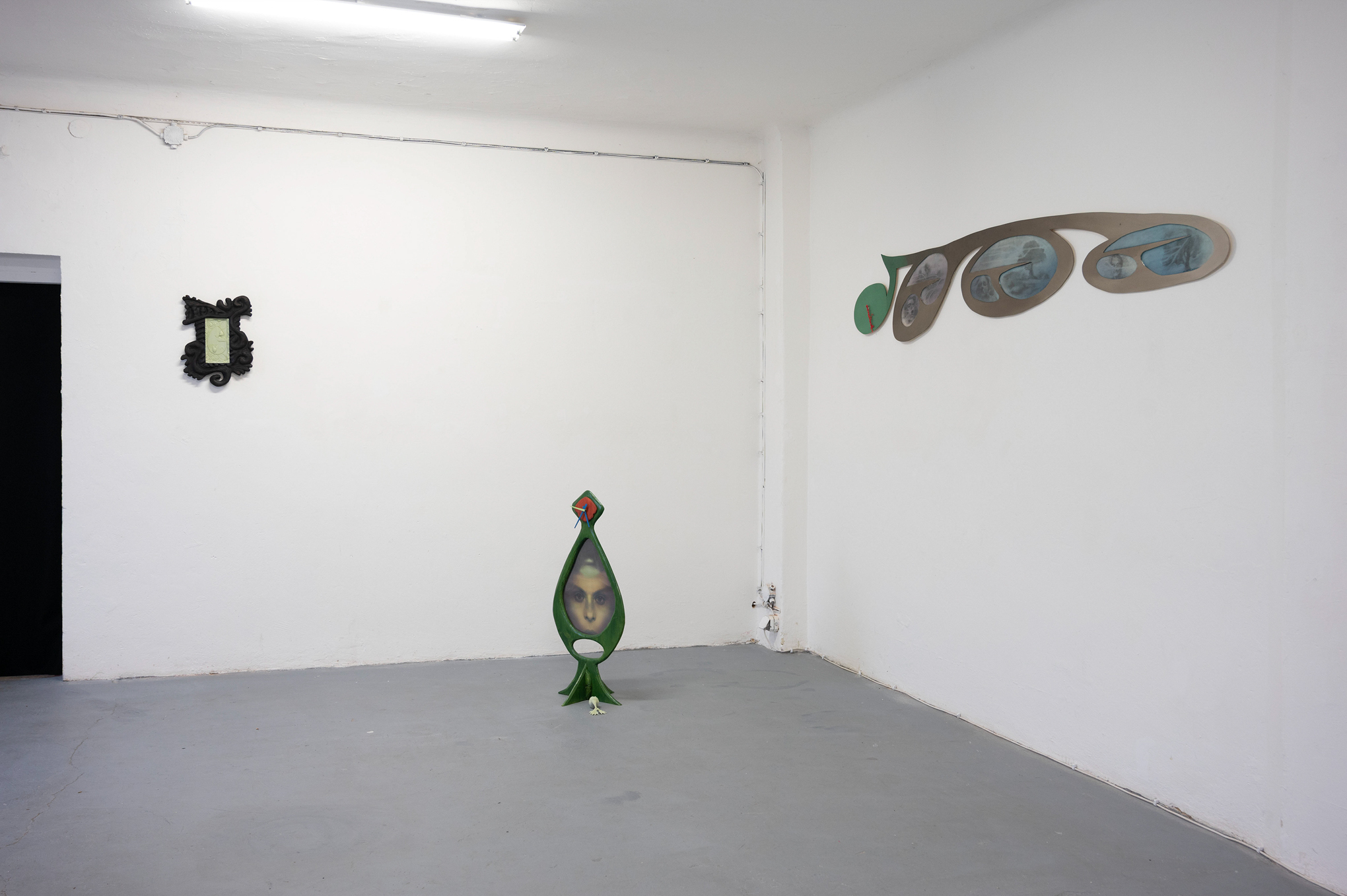

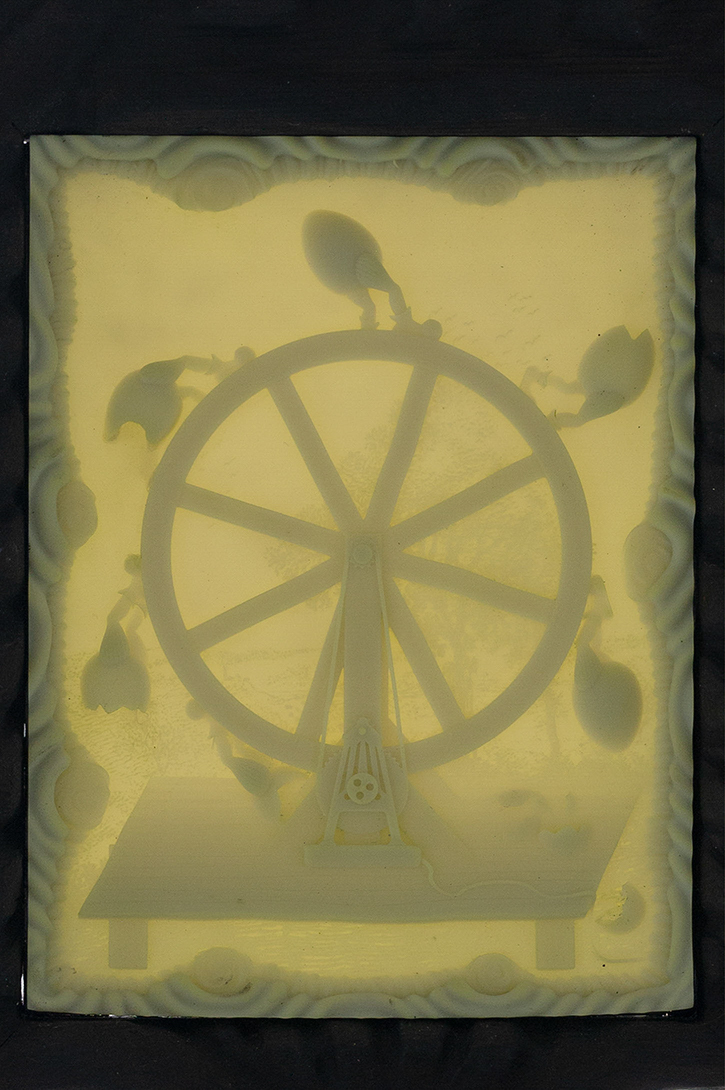
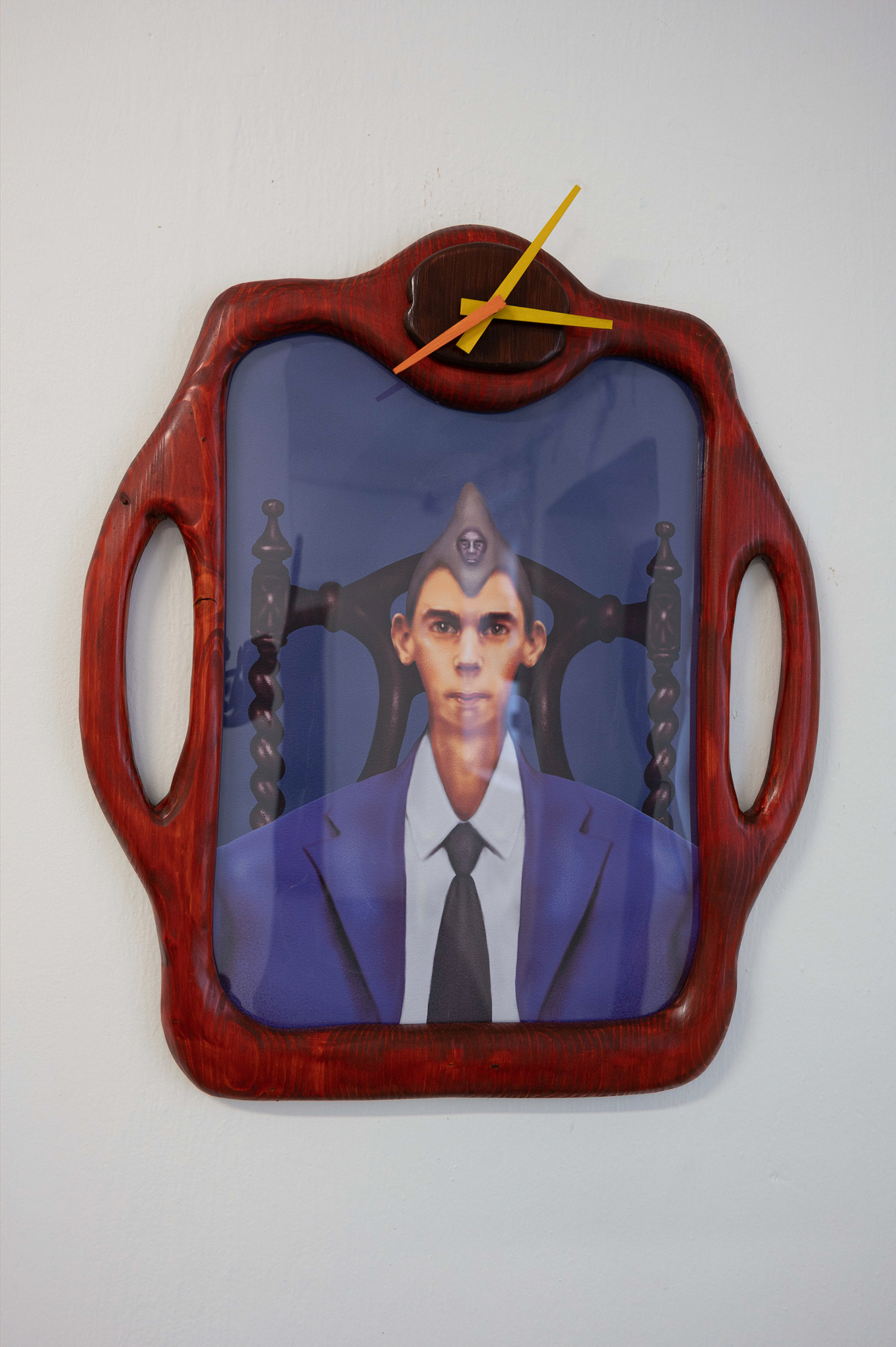
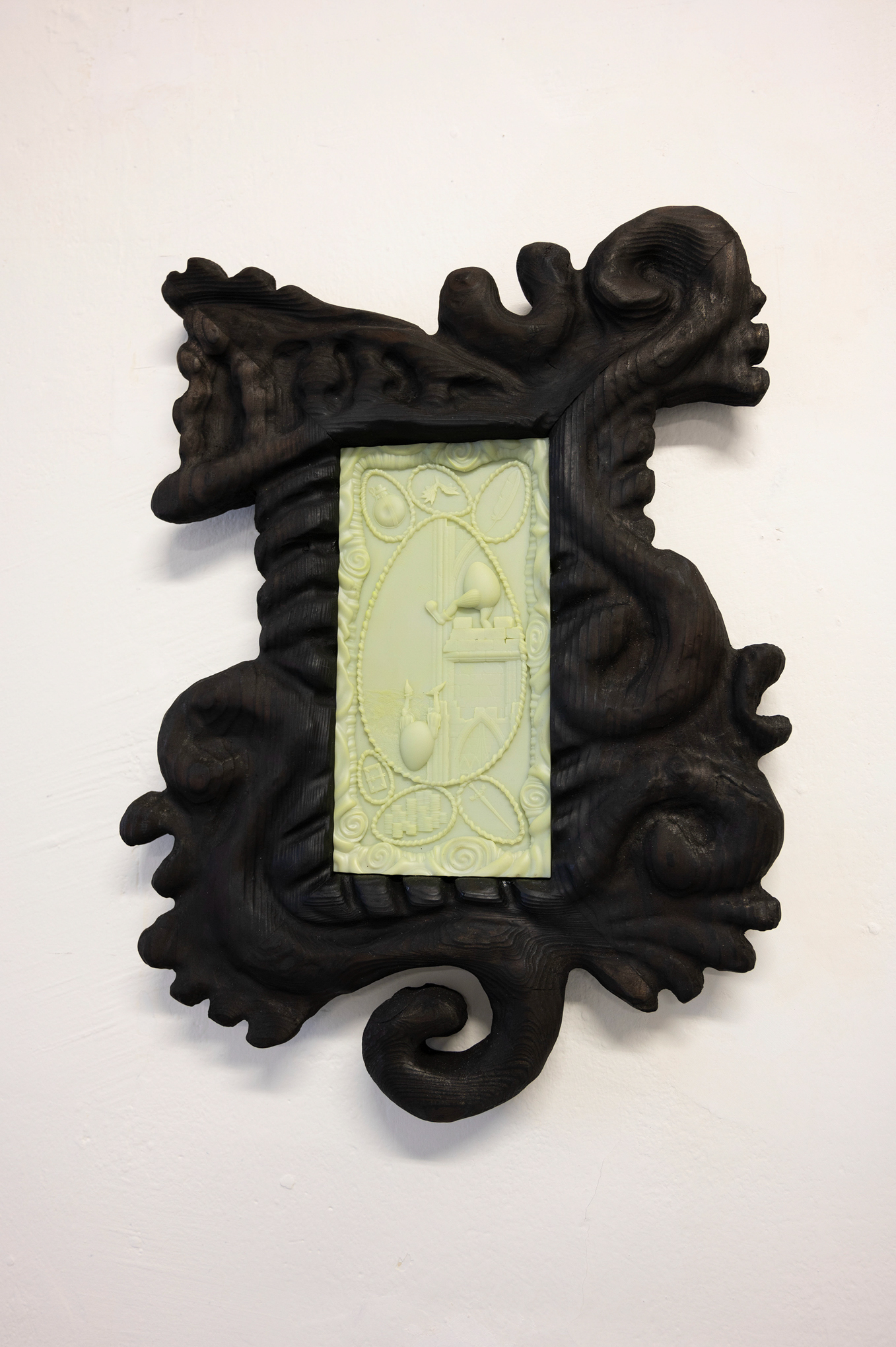
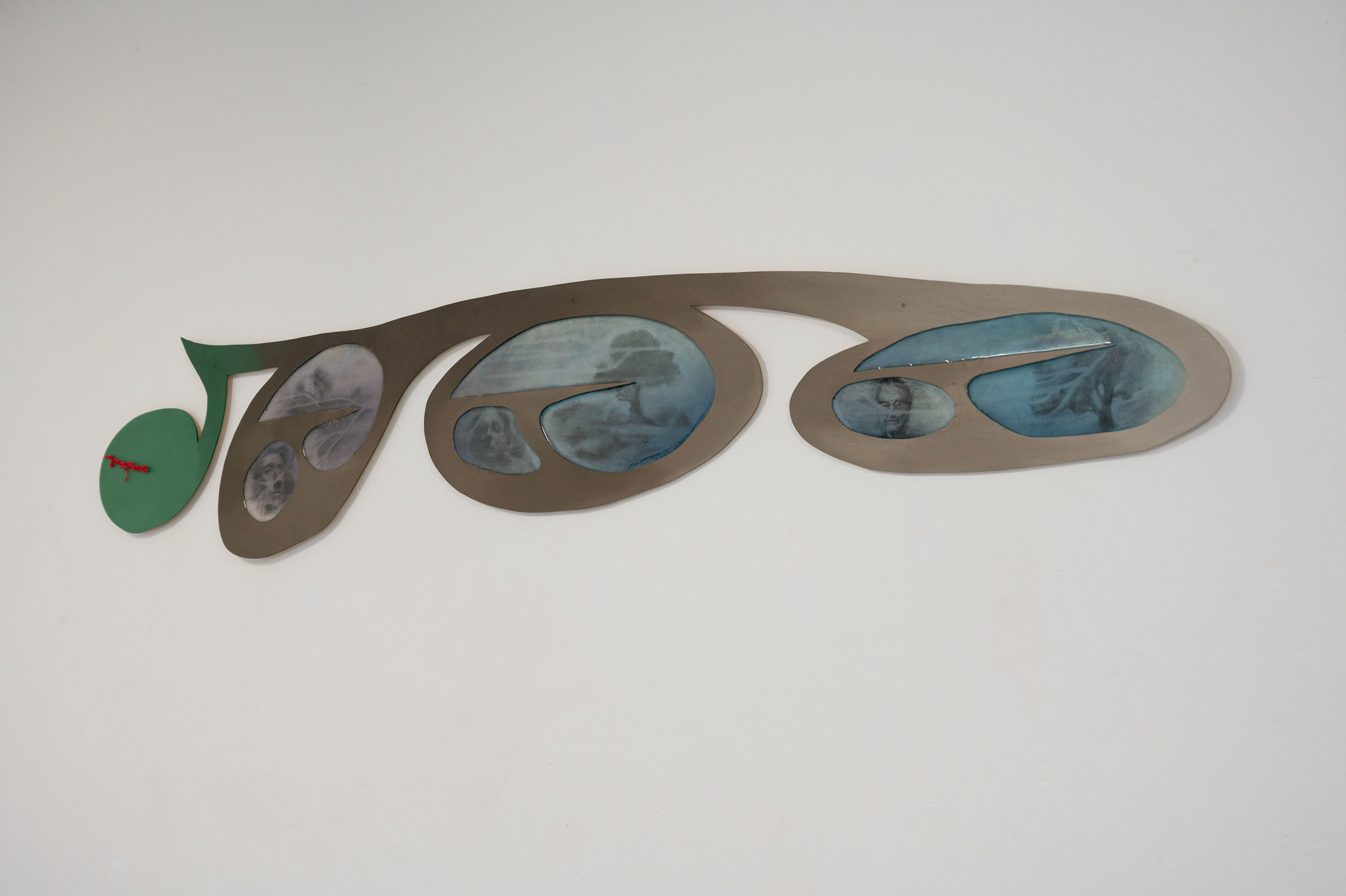


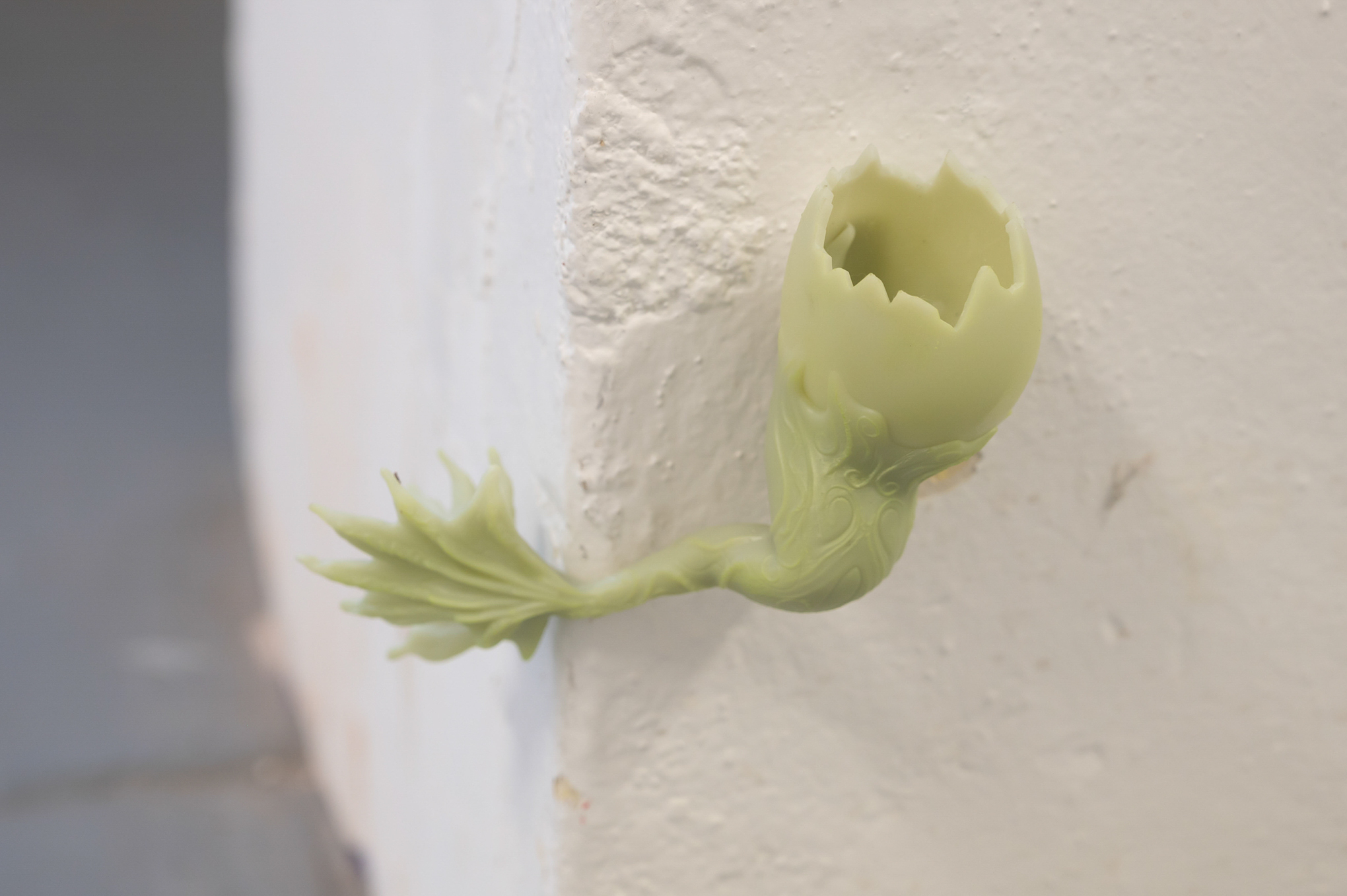
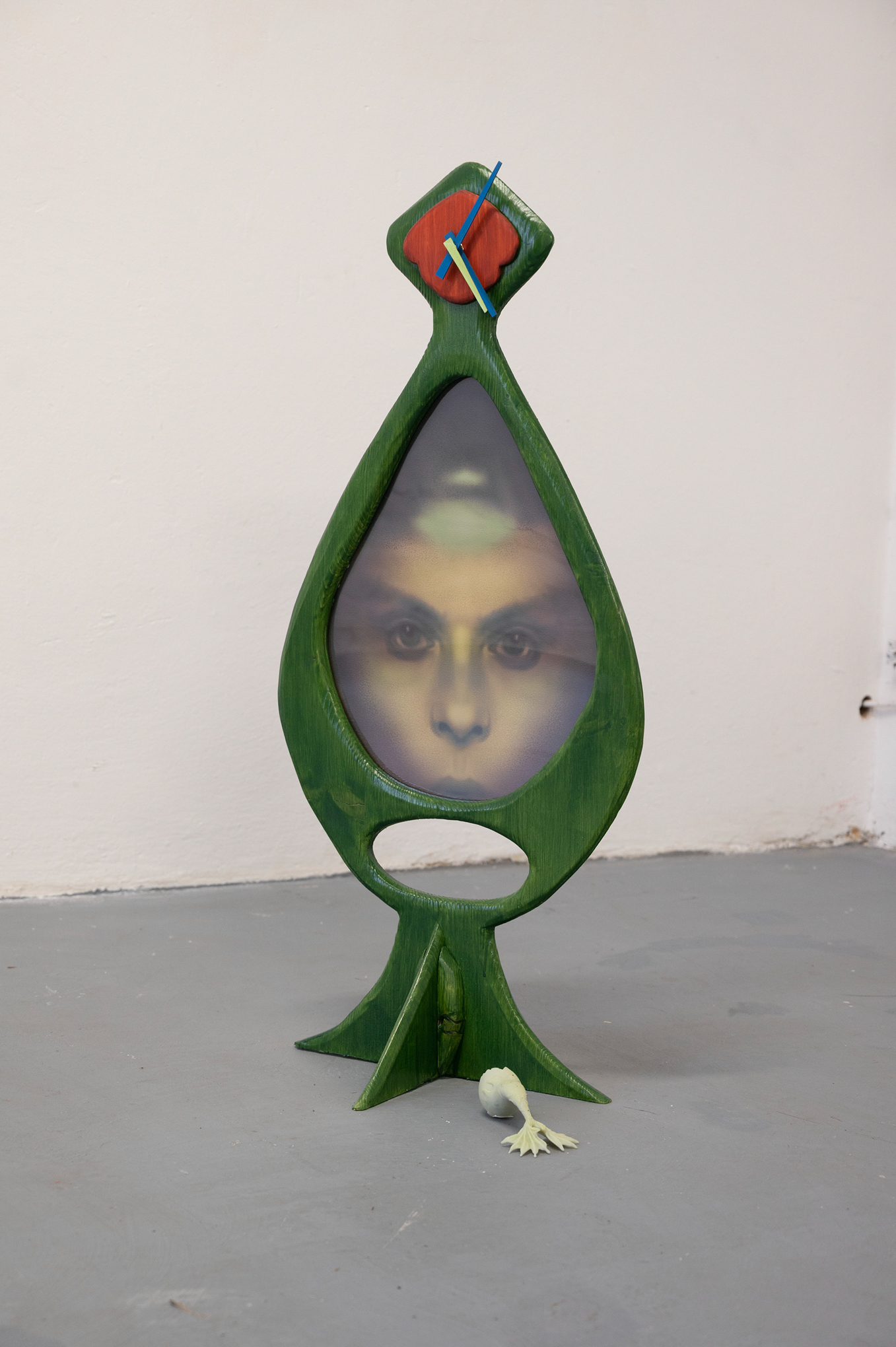
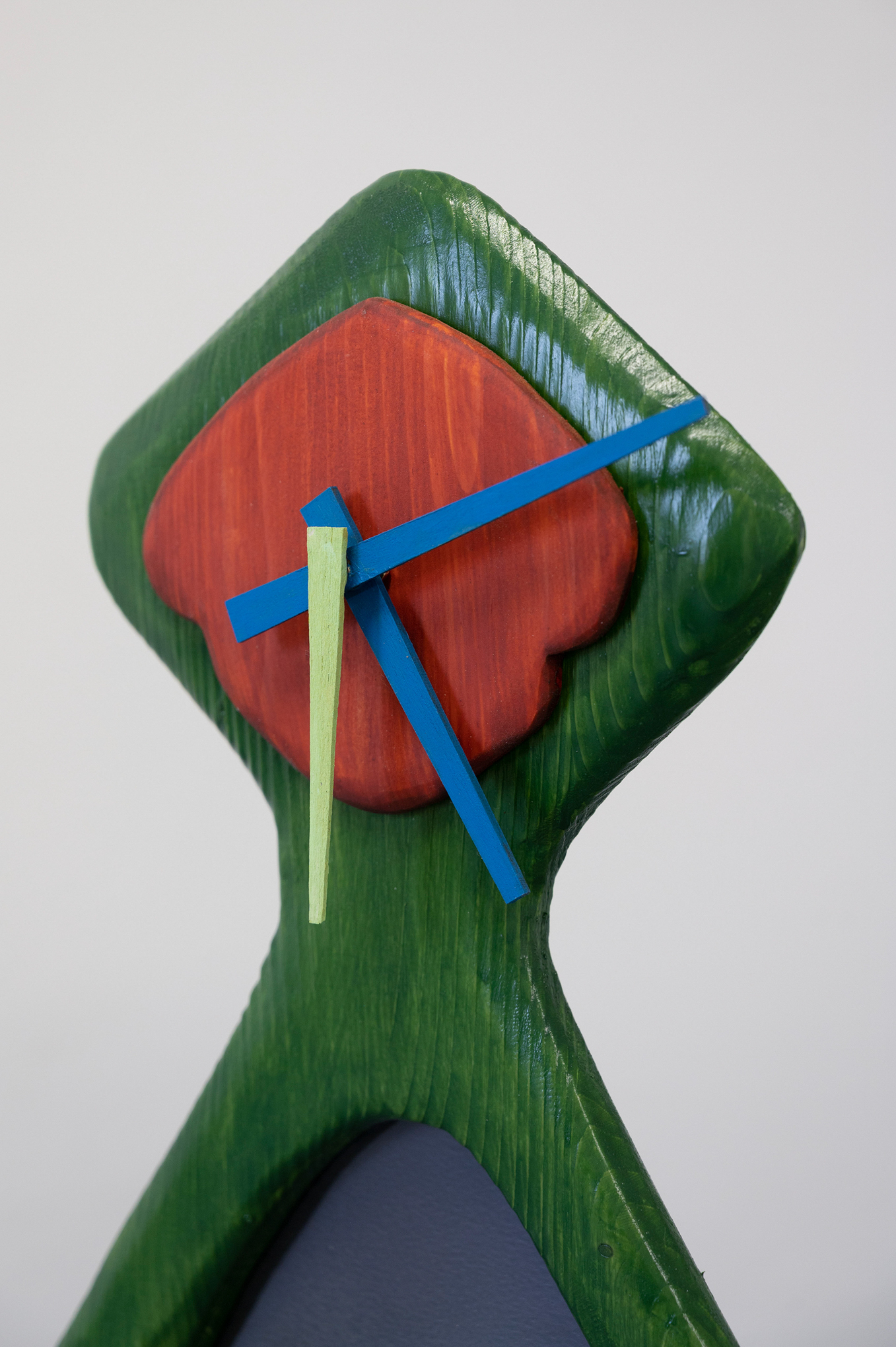
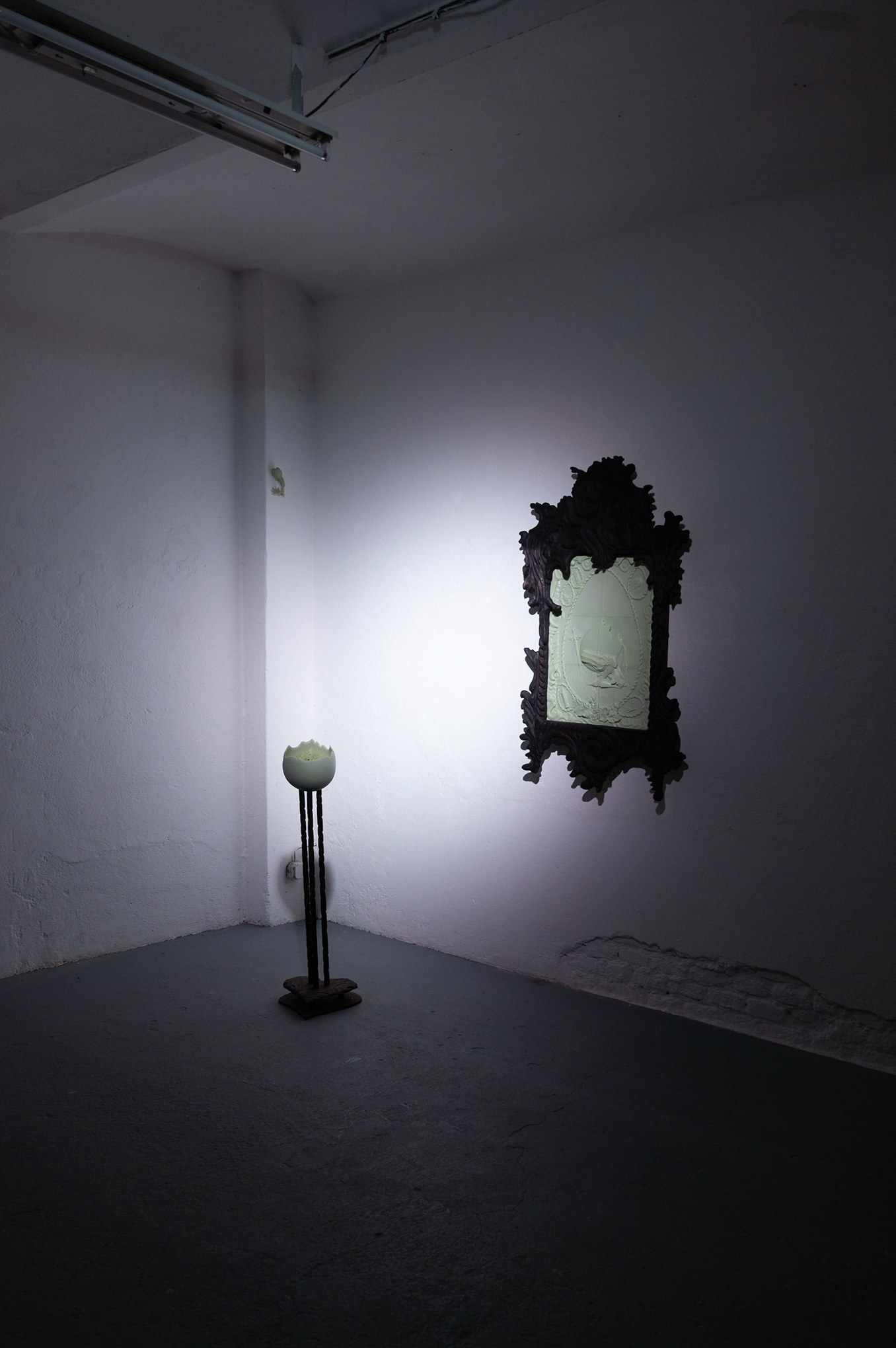

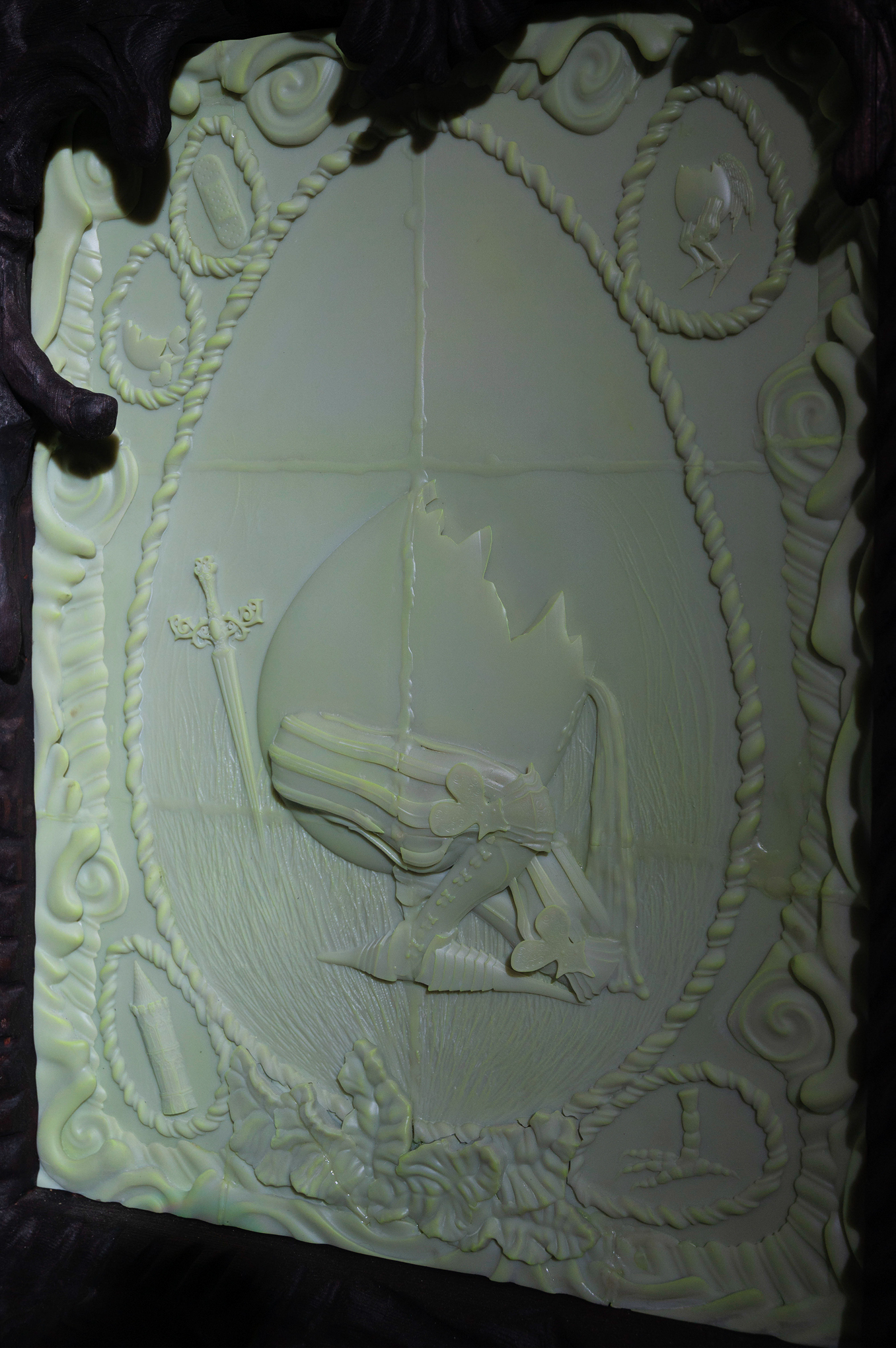


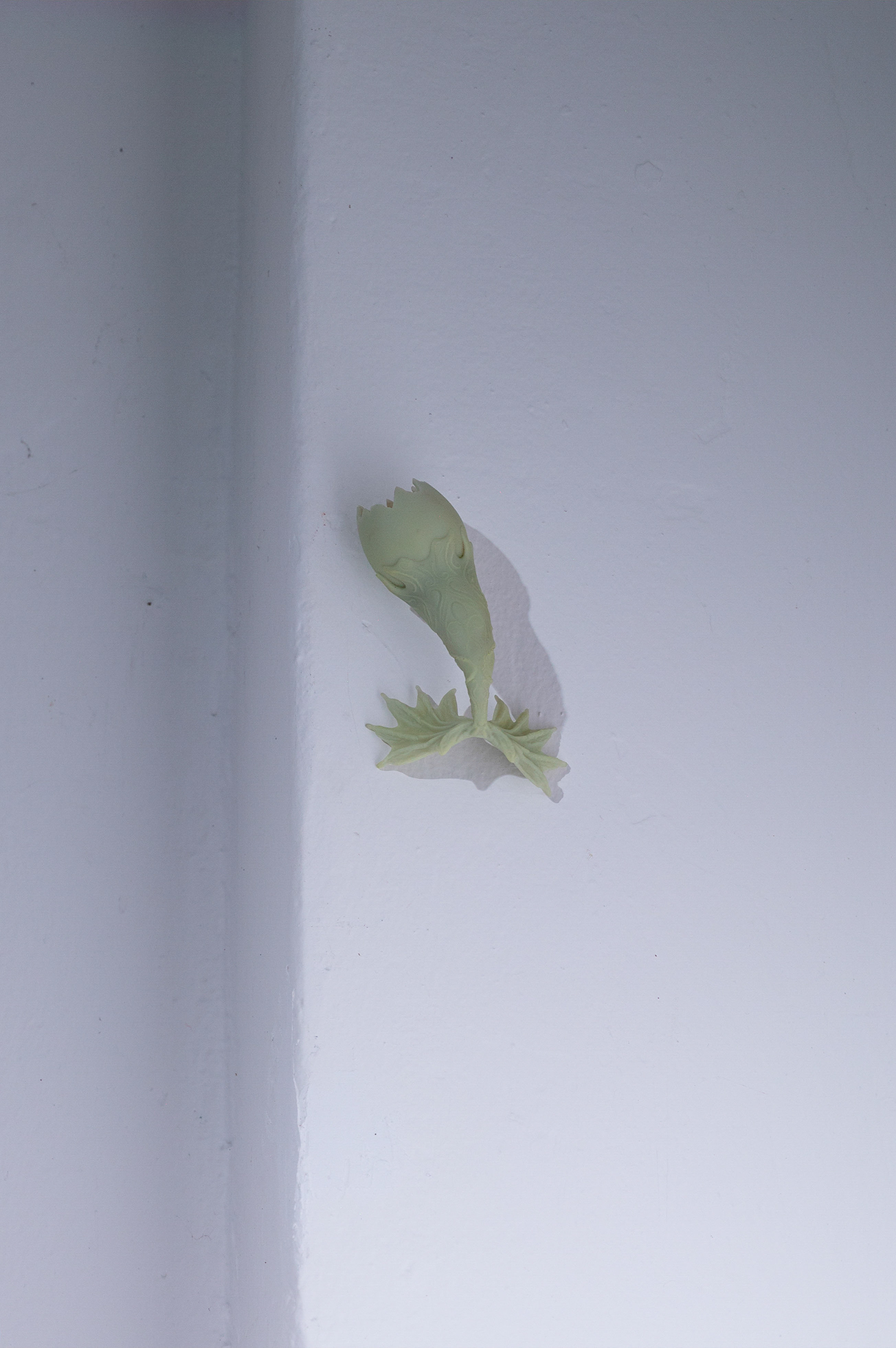
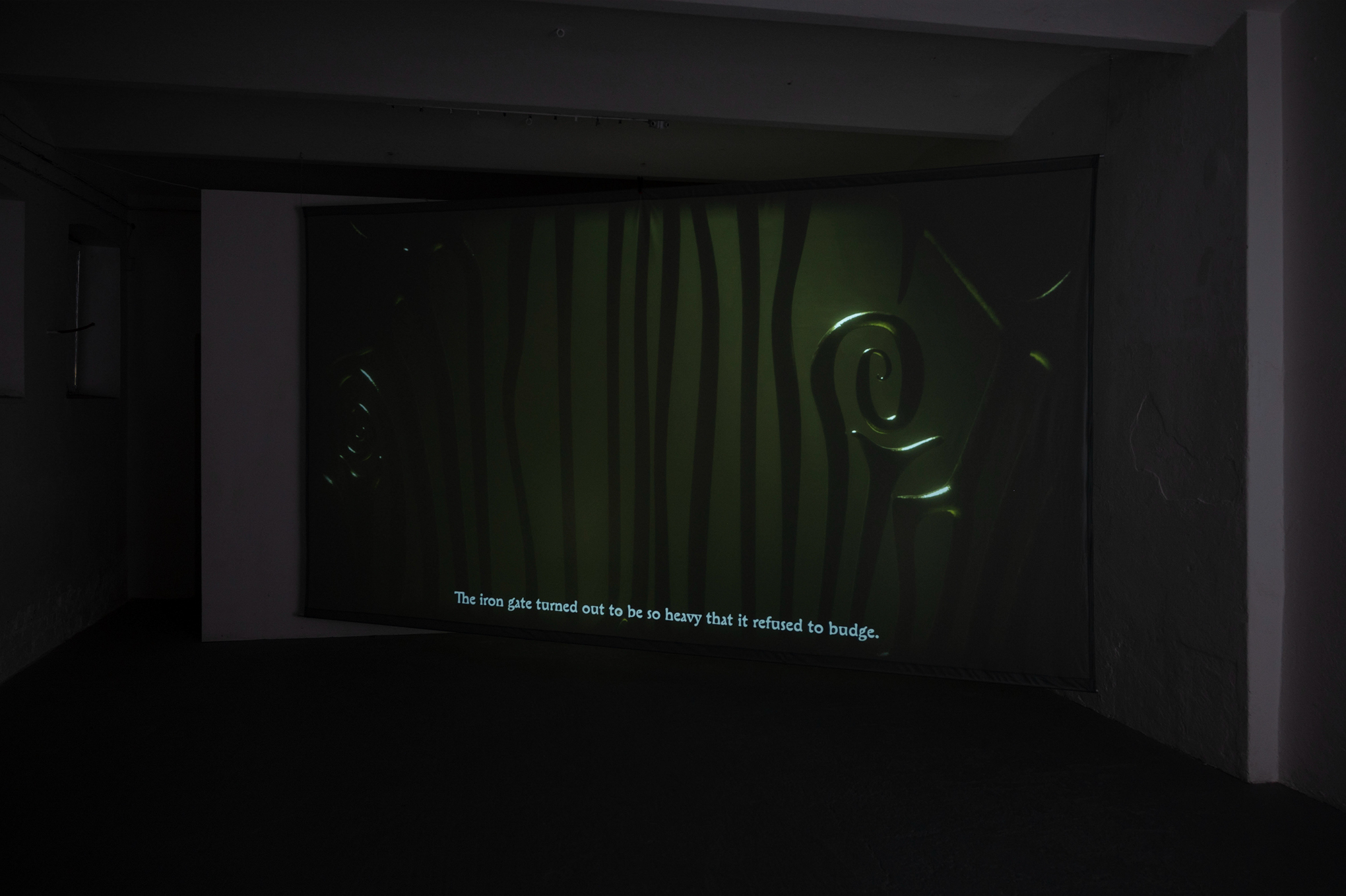
“I don’t dream of labor…but I do have work-related stress nightmares”
***
You are sitting at a mental lathe, the lapels of your jacket gripping you from both sides like the folders you are flicking through. You wonder whether it would be more effective to ignore the intrusive ticking of the clock on the wall or to move its hands with your eyes. In the end, you opt for the silent treatment, and your mind lets herself out through the collapsed gate into the Land of Cockaigne.
In his book Late Escapism and Contemporary Neoliberalism: Alienation, Work and Utopia, Canadian political scientist Greg Sharzer reflects on the productive escapism that he argues is inherent in the working class. He suggests that the primary response of the individual in the grip of never-ending and alienated labour is not simply a determination to rebel, but to escape to the mental asylum of temporary freedom. Dreaming while awake is the path of least resistance and is often accompanied by a longing for the past, whether lived or imagined or mediated. This is because those who feel the need to escape into dreams.., often wonder how they came to be in their present bleak situation. The urge to escapism is not, of course, motivated solely by feelings of one's own insignificance. Indeed, the main thing that characterizes this state is its ubiquity - every* one of us indulges in daydreaming. However, since this volatile wandering of our minds is often perceived as the equivalent of idleness and a precursor to loafing, not everyone admits to it. Or at least not without assuring ourselves and those around us that we are only temporarily out of our minds and will soon return to the real thing.
***
Let‘s dream for a moment about the Land of Cockaigne, the origin of the anthropomorphic egg that is the subject of Eetu Sihvonen‘s work. A tiny figure from Pieter Brueghel the Elder's painting in the form of an cracked egg with legs, newly equipped with plate armour, frees itself from its literally marginal position at the bottom of the painting, from where it used to rush to meet the resting inhabitans of Cockaigne like the proverbial roast pigeons flying into their mouth. In the updated conception, as developed by Eetu Sihvonen, it takes on a new lore - Egg's lore, incidentally, was the name of the exhibition at the Light Harvesting Complex greenhouse gallery in Vantaa, Finland, where a number of works were previously exhibited, which are also on display at Holešovická Šachta. The composition of Brueghel's original work is often interpreted as circular, like the bulk of the adventurous scenes of the wandering egg by Sihvonen. The original version of the tale of the Land of Cockaigne is based on the narrator's gradual boasting - each new line of the story contains an ever-growing fictional story depicting how great this mythical land is. The mythology or mysterious lore of the Sihvonen’s Egg unfolds as series, carrying a certain mechanical repetition and also reciting a contemporary fable about work. The egg is newly given the opportunity to construct its own narrative of itself step by step.
Eetu Sihvonen's own take on utopian Land of Cockaigne lacks the moralistic Protestant critique of
idleness and gluttony. On the contrary, it opens up a range of possibilities for sharing and ideas on how to deal together with a life in which we choose our own rules for its narrative. Through static scenes that oscillate between reliefs, visual accompaniments of broadside ballads, stop-motion animations and the user interface of a fantasy RPG, we find ourselves right in the middle of the action through videos. The baroquely decorative enchanted frames produced by Eetu Sihvonen and the ergonomic image adjustments of Mark Delong and Anna Slama's work can serve as an entry point into places where work is not the central motif of the story, but merely the trigger that turns the wheels of the real plot in motion: the search for at least temporary liberation in the recesses of an alienated world.
The dynamics of the revelation of mental images and their placement into contexts, the non-linear flow of time in contradictory clockwise directions, themes glimpsed only momentarily from afar, when in the reflection of the glass we see glimpses of familiar faces filtered through the film grain. These are the key points on the basis of which Marek Delong & Anna Slama develop their associative game. The disparate arrangement of strange objects in the space corresponds to the volatile attention and intermittent structure of the mind during daydreaming. At times the striking disparity of the works is a strategy to disrupt the cycle of the egg from the Land of Cockaigne with the memories and dreams of a man stuck in an excruciatingly alienated cycle of work. The work of Eetu Sihvonen and Marek Delong & Anna Slama is, after all, adhesive to each other. Like a climbing plant winding its way along the inside of a rickety gate, connecting the permeable worlds of imagination and wage work routine.
Eetu Sihvonen (born 1994) studied graphic design at Aalto University and sculpture at the Academy of Fine Arts in Helsinki. Their practice mainly uses 3D modeling and animation, combined with handicraft techniques and more traditional materials, such as plaster, wood, and metal. Merging them into installations, the works are informed by aestheticized barricades in Western urban culture, medieval-influenced utopias and storytelling, and the world of role-playing games. Sihvonen has exhibited both at home in Finland and abroad, appearing, for example, in the group exhibition Mystic May at the Community Centre in Paris, This Nest for Us to Rest at Pitted Dates in Helsinki, and the off space exhibition Egg's Lore at Light Harvesting Complex in Vantaa, Finland.
Anna Slama (*1991) and Marek Delong (*1986) have been an artist duo since 2015. Delong graduated from the Faculty of Fine Arts at Brno University of Technology, Slama received her degree from Konstfack University of Arts, Crafts and Design in Stockholm, Sweden. Their artistic practice focuses on installation, which extends to a form reminiscent of site-specific scenography, in which they embed their sculptures, objects, videos or paintings. The subject of the duo's long-standing interest is emotional tension and a return to the sensitivity and honesty of artworks. Delong and Slama regularly exhibit on the Czech and international gallery scene, and have recently presented their work at CATBOX Contemporary gallery in New York, Four to Seven in Riga and The Community Centre in Paris.
Tina Poliačková & Lumír Nykl



